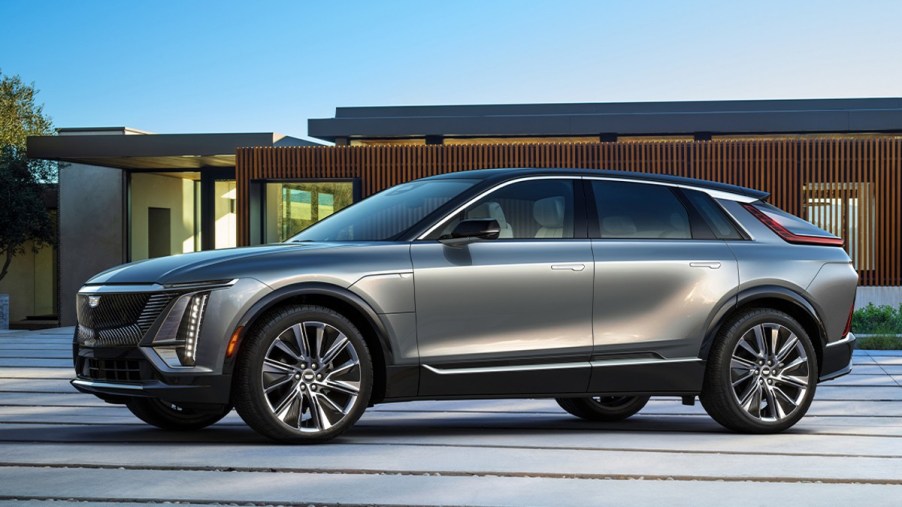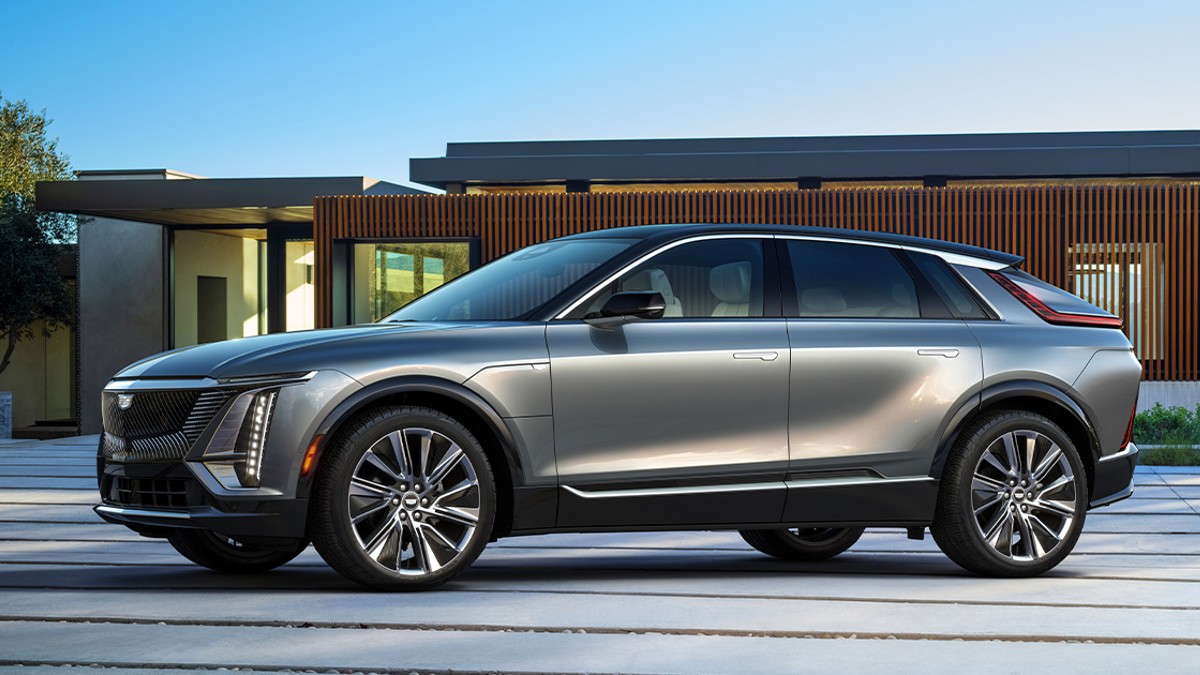
1 American-Made Electric Vehicle (EV) Won’t Qualify for a Tax Credit Without a Price Cut
The government wants drivers to make the switch to electric vehicles, and the main way that it’s doing that is by offering an EV tax credit. With that being said, after the government passed the Inflation Reduction Act, the rules around the federal EV tax credit have changed. More EVs are now eligible for the tax credit, but the brand-new Cadillac Lyriq won’t be eligible unless it gets a price cut.

An overview of the federal EV tax credit’s new eligibility rules
One of the most important provisions of the new EV tax credit rules is that there is no longer a sales cap, according to Consumer Reports. As a result, major EV automakers, such as Tesla and GM, can qualify for the tax credit again. The value of the tax credit is still $7,500 for a new EV, but now shoppers can also get a $4,000 tax credit for a used EV.
There are now an income cap of $150,000 for single filers and $300,000 for married couples. Another important change has to do with manufacturing, as the EVs and their batteries have to be assembled in North America. As a result of this new rule, several new EVs, such as the Kia EV6, the Toyota bZ4X, and the BMW i4 don’t qualify for the tax credit.
The last major rule change has to do with the MSRP of the cars. The tax credit is now available so long as the EV’s MSRP is below a certain price point.
The government does offer some flexibility, as there are two maximum prices depending on the type of car. SUVs, pickup trucks, and vans have a maximum MSRP of $80,000. Sedans, wagons, and similarly small cars have a max MSRP of $55,000.
The Cadillac Lyriq is made in North America, but it’s too expensive to qualify
The Cadillac Lyriq is a brand-new luxury midsize crossover SUV that started production in early 2022. It passed the manufacturing requirements that the new tax credits come with. Since it’s a Cadillac, it’s also fairly expensive, as it has an MSRP of about $63,000. At first glance, since it’s a midsize SUV and it’s below $80,000, it should qualify under the new price requirement.
Unfortunately, that wasn’t the case. The IRS categorized the Lyriq as a car, so its maximum MSRP is $55,000 instead. As a result, the Lyriq won’t qualify for the EV tax credit unless GM chops its price tag down by at least $8,000.
This Caddy EV wasn’t the only SUV to be categorized as a car, though. The Ford Mustang Mach-E, despite being a popular electric SUV, was also categorized as a car by the IRS.
General Motors has a few other EVs that do qualify though
Fortunately, GM has a few other great and affordable EV options that do qualify for the EV tax credit. The Chevy Bolt and the Bolt EUV are both categorized as cars, and they’re both well-below the $55,000 price cap. These two EVs also satisfied the manufacturing requirements, so car shoppers will be able to take advantage of the tax credit for them.
That’s great news for any EV shoppers looking for a deal, as the Bolt is one of the cheapest EVs on the American market right now. It starts at about $26,500 before any incentives are applied. If owners apply the $7,500 tax credit, then the Bolt costs about $19,000 instead. Some states, such as California, also have their own EV incentives that can be stacked on top of the federal tax credit.


